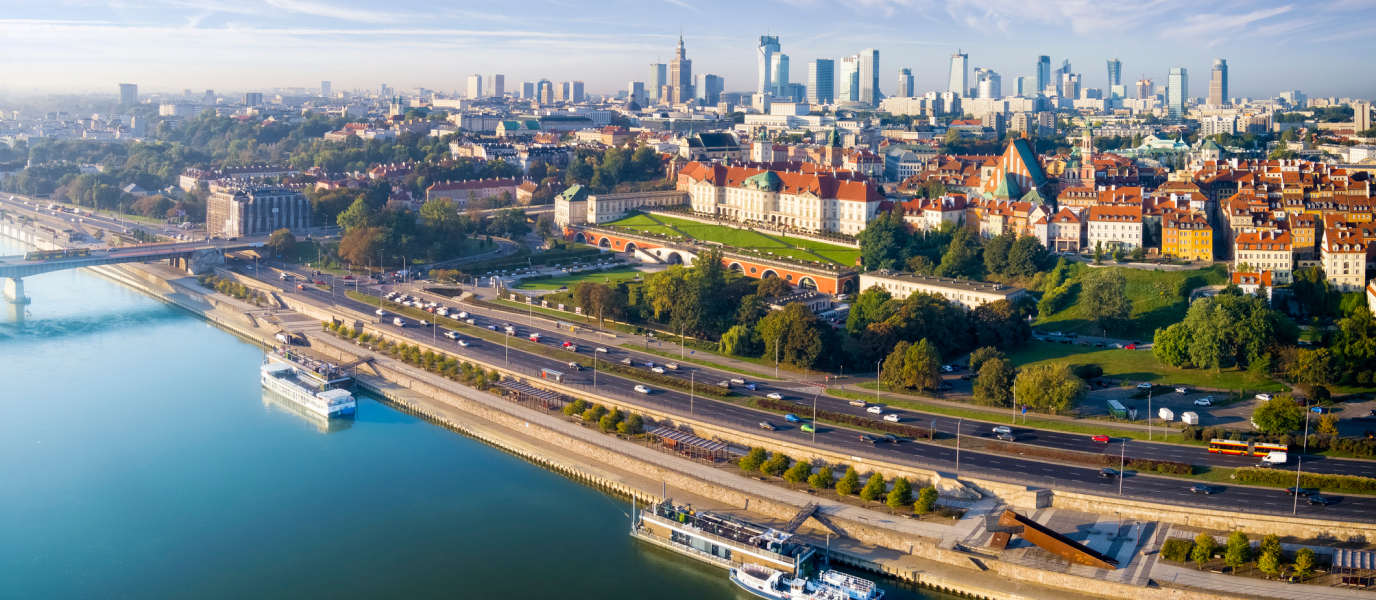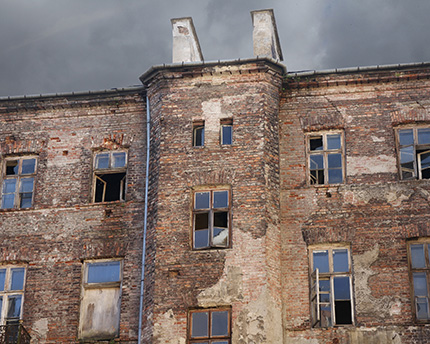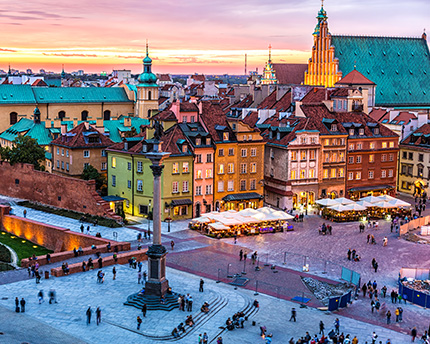Warsaw is the capital of the Republic of Poland. It stands in the centre of the country and has over 1,800,000 inhabitants, making it the nation’s most populated city, followed by Krakow with over 800,000 residents.
Once known as the “Paris of the East”, it was destroyed by the German army during the Second World War (1939-1945), suffering particularly extensive damage after the historic Warsaw Uprising in 1944. Intense reconstruction took place in the city between 1945 and 1953; paintings by Bernardo Bellotto ‒ the 18th century court painter to King Stanislow Poniatowski II ‒ were used as reference materials, together with photos, postcards and souvenirs. Thanks to the remarkable achievement of rebuilding the city, UNESCO made the historic centre of Warsaw a World Heritage Site in 1980.
The Warsaw of today combines a rich past, seen in reconstructed buildings (over 80% of the city was destroyed by the Nazis), alongside communist-era buildings constructed during the nation’s period as the Polish People’s Republic (1945-1989), modern skyscrapers, green spaces and streets that are buzzing with life. The Vistula River divides the Polish capital in two.
There are regular, inexpensive flights to Warsaw from many European cities making it a popular destination for a short break all year round. You can see most of the city in two days; this gives you enough time to see the Old Town, the New Town, the main buildings and monuments, the Warsaw Rising Museum, and the Museum of the History of Polish Jews.
Old Town
On 1 August 1944, the Armia Krajowa (Home Army) rose up against the German occupation of Warsaw. The army was under the orders of the clandestine Polish government working in exile and its aim was to retake Warsaw before the Red Army seized the city. The Soviets were at the gates of the Polish capital and the Poles didn’t want it to fall under another country’s rule, hoping to create an independent Polish state after the war. Intense fighting took place until 2 October, claiming the lives of over 100,000 civilians and 18,000 soldiers, according to estimates at the time.
When the rebels were defeated, the Nazis destroyed most of Warsaw in retaliation: it is estimated that over 80% of the Old Town was reduced to rubble. After the war, churches, palaces, the market square and other buildings that had originally been constructed from the 12th to the 20th centuries were rebuilt.
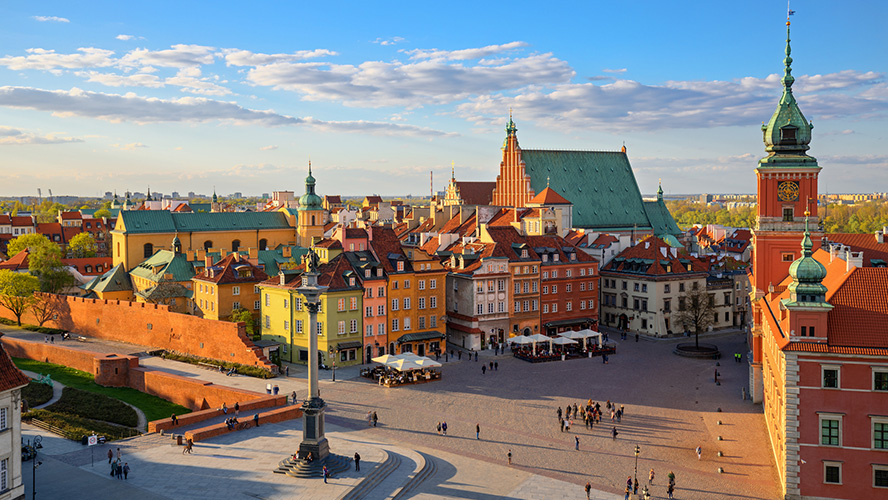
This means that the Old Town (Starówka in Polish) is practically new, but visitors can see into its past through the reconstructed buildings. You can walk to all the main points of interest in the historic centre of Warsaw in a morning or afternoon.
The Royal Castle, on the banks of the Vistula, is a great starting point. It was the official residence of the Polish royal family until 1795 and what is considered to be the first European constitution was signed here in 1791. The castle was completely rebuilt after it was destroyed by the Nazis following the Warsaw Uprising. The column of Sigismund III, king of Poland from 1587 to 1632, stands in the outer courtyard; the king moved the capital from Krakow to Warsaw and the column is a popular meeting point for locals.
After visiting the Cathedral of St John (14th century), walk from the castle to the Old Town Market Place (Rynek Stare Miasto). The square is 700 hundred years old and the sculpture of the Warsaw Mermaid, who wields a sword and shield, is at the centre ‒ the mermaid is the symbol of Warsaw. The Warsaw Museum is also in Old Town Market Place, one of the liveliest squares in the capital alongside the New Town Market Place (Rynek Nowe Miasto), which is a short distance away.
Finally, make sure to visit the Warsaw Barbican, which is just moments from the Old Town Market Place. This old medieval defensive structure dated from the 16th century but was almost entirely destroyed during World War II and rebuilt during the post-war period.
Royal Castle
The Royal Castle (Zamek Królewski) of Warsaw originally dated from the 14th century, when the Great Tower or Tower of the Union (Grodzka tower) was built. The palace was reconstructed to be identical to how it looked during its final period, during the reign of King Sigismund III (1587-1632). It was once the seat of parliament and the cultural centre of the country.
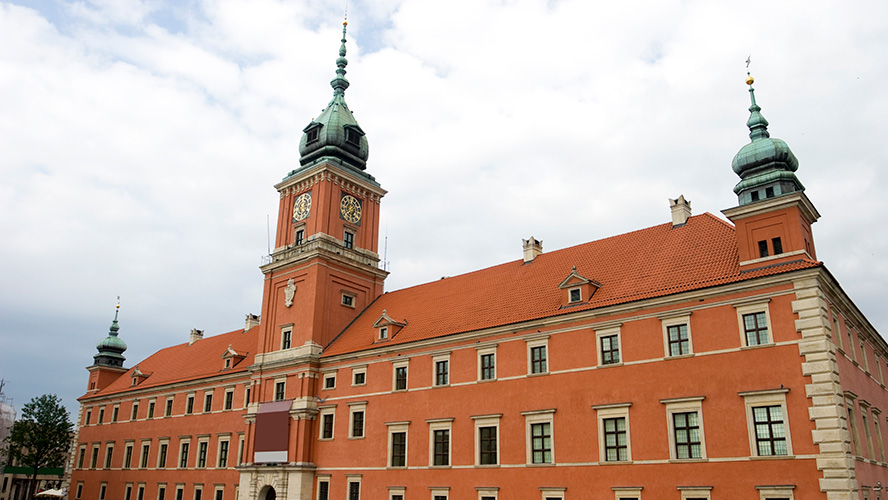
Today, most of it is a museum and is therefore open to visitors. You can see many fascinating rooms such as the Audience Chamber, the chapel, the Marble Room (the oldest part of the castle), the Throne Room and the Conference Chamber. This part of the castle contains a collection of paintings with works by Rembrandt and Canaletto, among other great artists.
Royal Route
The historical 10-km Royal Route starts from the Royal Castle or Castle Square and ends at Wilanów Palace. The origins of the route can be traced back to the 14th century when the Polish monarchs moved from their official residence to their summer palaces on the outskirts of the city.
Today, the route lies within the city and passes along many of the most famous avenues and streets in Warsaw. It’s a great way to see how the city changed under different royal houses through their palaces and gardens.
Krasińskich Palace and Garden (Pałac Krasińskich), to the north of the Royal Palace, is a good place to start the route. Built in the Baroque style, it dates from the 17th century and has a beautiful garden. You could then walk to the Presidential Palace, the residence of the Polish president, which is the largest palace and was built in the 17th century. Piłsudski Square and the Saxon Garden are next to it. The garden was originally the site of the 18th century Saxon Palace (only part of its porticoes survived World War II), and features the Tomb of the Unknown Soldier and a beautiful English-style landscape park with several Baroque sculptures.
Continuing the route southwards, you next come to Kazimierzowski Palace, which was originally a country house belonging to the monarchy. Ujazdowski Castle in famous Lazienki Park is the penultimate stop; it was also a royal summer residence and is now the Contemporary Art Centre. While you’re in Lazienki, make sure to admire the Palace on the Isle. The final stop on the Royal Route is the Palace of King John III in Wilanów, known as the “Polish Versailles”.
New Town
Warsaw New Town (Nowe Miasto) is slightly to the north of the Old Town Market Square and is part of the historic centre of the Polish capital. Like almost everything else in the city, it was burned to ashes in 1944.
It originally dated from the end of the 14th century when it was the independent town of New Warsaw. It was made part of the city of Warsaw by the 1791 constitution.
New Town Market Place (Rynek Nowe Miasto) was built between the 14th and 15th centuries; it once had a town hall and features buildings from the communist period.
The main street in New Town is Freta Street, which starts at the Warsaw Barbican and is lined with shops and restaurants. The birthplace of Physics and Chemistry Nobel Prize winner Marie Curie is also on Freta Street.
While you’re in New Town, take your time to visit the local churches, such as St Mary’s Church and the Holy Spirit Church, and the Monument to the Heroes of Warsaw in Krasinskich Square. Visiting Warsaw Citadel is also highly recommended. This fort-shaped square was built on the orders of Tsar Nicholas I to crush an uprising by the Poles in 1830, when the Kingdom of Poland was part of the Russian Empire.
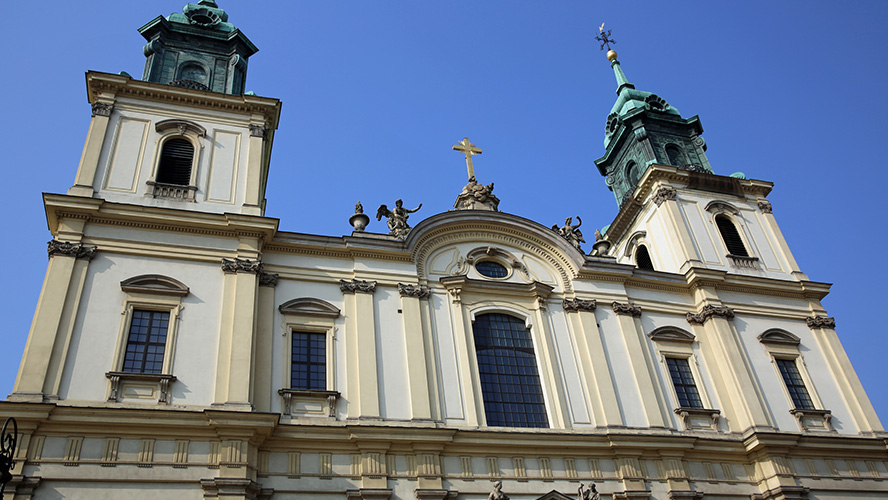
The Warsaw Jewish Ghetto
Parts of the wall and buildings can still be seen, such as those on Waliców Street, and also bunkers used during the Jewish uprising are visible on Mila Street. Everything else was obliterated by fire and the German army.
The Warsaw Ghetto was an area in the south-east of the city where Hitler’s army imprisoned over 400,000 Jews (a third of the city’s population) behind a kilometres-long wall. It was the largest Jewish ghetto in Nazi-occupied Europe. Film director Roman Polanski told its story in his Oscar-winning film The Pianist.
It was built in 1940 after the German invasion in 1939 to contain the Jewish population of Warsaw and the surrounding areas. After years of subjugation, thousands of armed Jews took part in an uprising that began on 9 January 1943, when the second mass deportation of Jews to extermination camps began, and it lasted until the middle of May. The German army won the battle and destroyed the entire ghetto in retaliation, and to generate yet more fear.
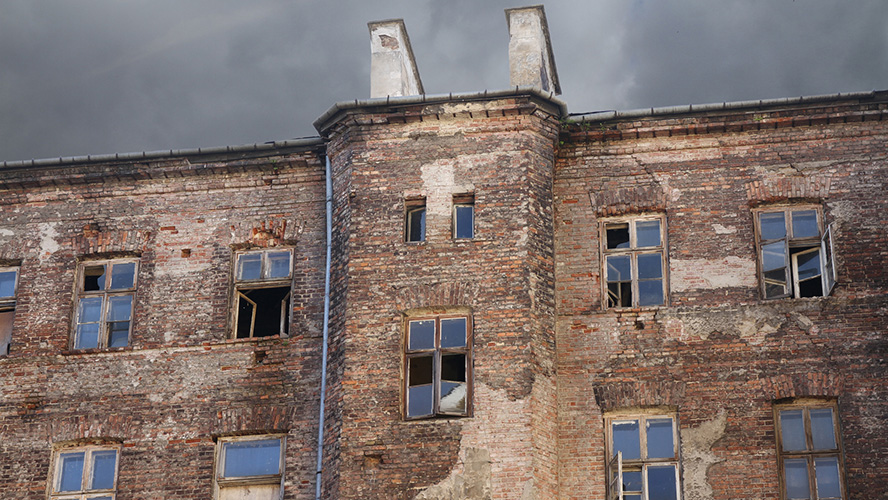
To learn all about these historic events, visit the Museum of the History of Polish Jews. The Monument to the Ghetto Heroes is opposite the museum. Another monument, which stands in Umschlagplatzm, is a reminder of the departure point of the vehicles that transported Jews to Treblinka extermination camp.
Praga neighbourhood
Praga neighbourhood is on the right bank of the Vistula, on the shore opposite the Royal Castle, and is reached by crossing Slasko-Dabrowski Bridge. Praga dates from the 7th century and was one of the areas least affected by World War II, so it still conserves a genuine part of Warsaw. History and modernity are combined in this fascinating district, so make sure you visit the area if you have time.
Visiting the Museum of Praga Neighbourhood (Targowa Street) is the perfect way to discover the history of the district. Noteworthy religious buildings include the Cathedral of St Michael Archangel and St Froilan the Martyr (19th and 20th centuries) and the orthodox church of St Mary Magdalene. In contrast, Zabkowska Street mixes 19th century houses and street art, while Centrum Praskie Koneser show how architecture can be repurposed, in this case the Vodka Koneser distillery has been turned into a Google Campus and designer stores.
Lazienki Park
Warsaw has almost a hundred parks ‒ a fourth of the Polish city is green spaces ‒ and the most popular is 76-hectare Lazienski Park. Its origins date from the 17th century when a nobleman built baths here, lazienki means baths in Polish.
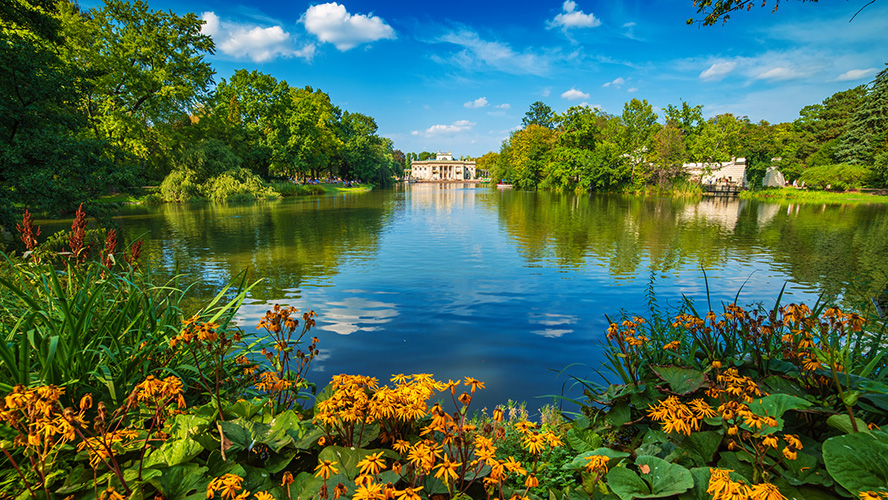
The Polish monarchy later built Ujazdowski Castle, or the Palace of the Isle, as a summer residence here, and today it contains a museum of paintings from the royal collections. Pavilions, sculptures, and waterfalls are other beautiful features that can be spotted as you stroll through the park, where you can enjoy a wealth of nature such as hundred-year-old trees, peacocks, and pheasants.
In summer, it’s a beautiful spot to hear outdoor Chopin concerts.
Wilanów Palace
Wilanów Palace Museum is the final stop on the Royal Route and is known as the “Polish Versailles”.
It is in the south-east of Warsaw and is the finest example of Baroque art in the Polish capital. It dates from 1677 when King John III Sobieski bought the land to build a royal palace here. The fact that it was set apart from the centre of Warsaw meant that has survived practically intact, unlike the rest of the city which was destroyed during World War II.
Many rooms in the palace are open to visitors, such as the royal apartments, and it also houses the Museum of Interiors and the Polish Portrait Gallery. Its stunning gardens and park land feature a lake and waterfall, and are a wonderful place to stroll and relax.
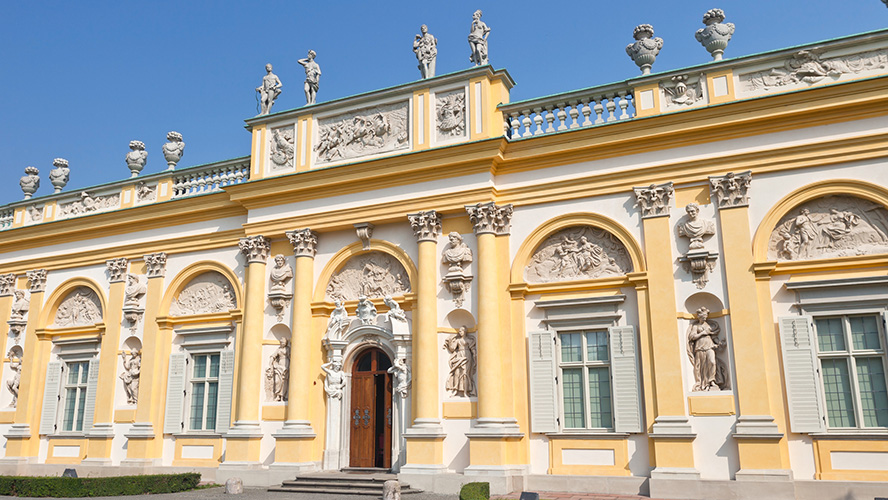
Warsaw Rising Museum
The Warsaw Rising Museum is at 79 Grzybowska Street and is an interactive space that shows the battle and daily life of the thousands of Poles who rose up against the Nazi army between August and October 1944. The resistance force fought against the Nazi occupation and hoped to take back control of Warsaw before the Red Army seized the city.
The museum contains an immersive multimedia exhibit that explains the context of the 63 days of resistance fighting through objects, films, photographs, sound recordings, etc. It also shows what life was like in the post-war years in a city in ruins that had to rebuild itself under a communist regime.
A steel monument passes through each floor in the museum, and its sides are engraved with the most important dates of the uprising alongside bullet holes. Visitors can go up the tower of the museum and enjoy wonderful views of Freedom Park and Warsaw.
The Palace of Culture and Science
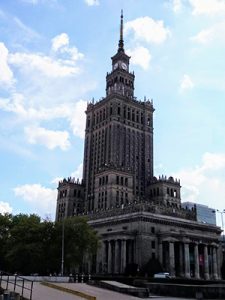
This is probably the most iconic building in Warsaw. It stands 237 m tall, making it the tallest building in the Polish capital, and it can be spotted from anywhere in the city.
The Palace of Culture and Science (Pałac Kultury i Nauki) was built between 1952 and 1955 under the communist regime. It was commissioned by Stalin as a “gift for the Poles from the Soviet people”.
The palace is in the south of Warsaw and although it was constructed in the Socialist Realist style, its design was inspired by the Art Deco movement, using the Empire State Building in New York as a reference point. It was a symbol of socialist Poland, hosting conferences by the Polish Workers’ Party, among other groups, and was used for concerts, exhibitions, and fairs. It has over 3,000 rooms, several theatres, a cinema, swimming pool, offices, and a university: even Warsaw City Council is housed in this impressive building. It also contains two museums: the Museum of Technology and the Museum of Evolution.
It is open to visitors who can enjoy its many activities, including the terrace on floor 30 with spectacular views over Warsaw at an altitude of 144 m. The building is surrounded by other modern skyscrapers that create a type of “downtown” area.
Where to stay in Warsaw
If you would like to spend a few relaxing days in Warsaw with extremely comfortable accommodation, the Barceló Warsaw Powisle hotel is a fantastic option.
This new four-star hotel is housed in the former Powiśle power station, in Powiśle neighbourhood, and Centrum Nauki Korpernik metro station is just moments away. Its design, and interior and exterior architecture, offer guests a uniquely industrial vibe. Large pipes and pieces of machinery are incorporated into the design and seamlessly blend the old and the modern.
It has 151 rooms, a restaurant that serves a wide range of delicious food, a sky bar with an outdoor pool on the fifth floor, meeting and events rooms, and even a gym.





























































